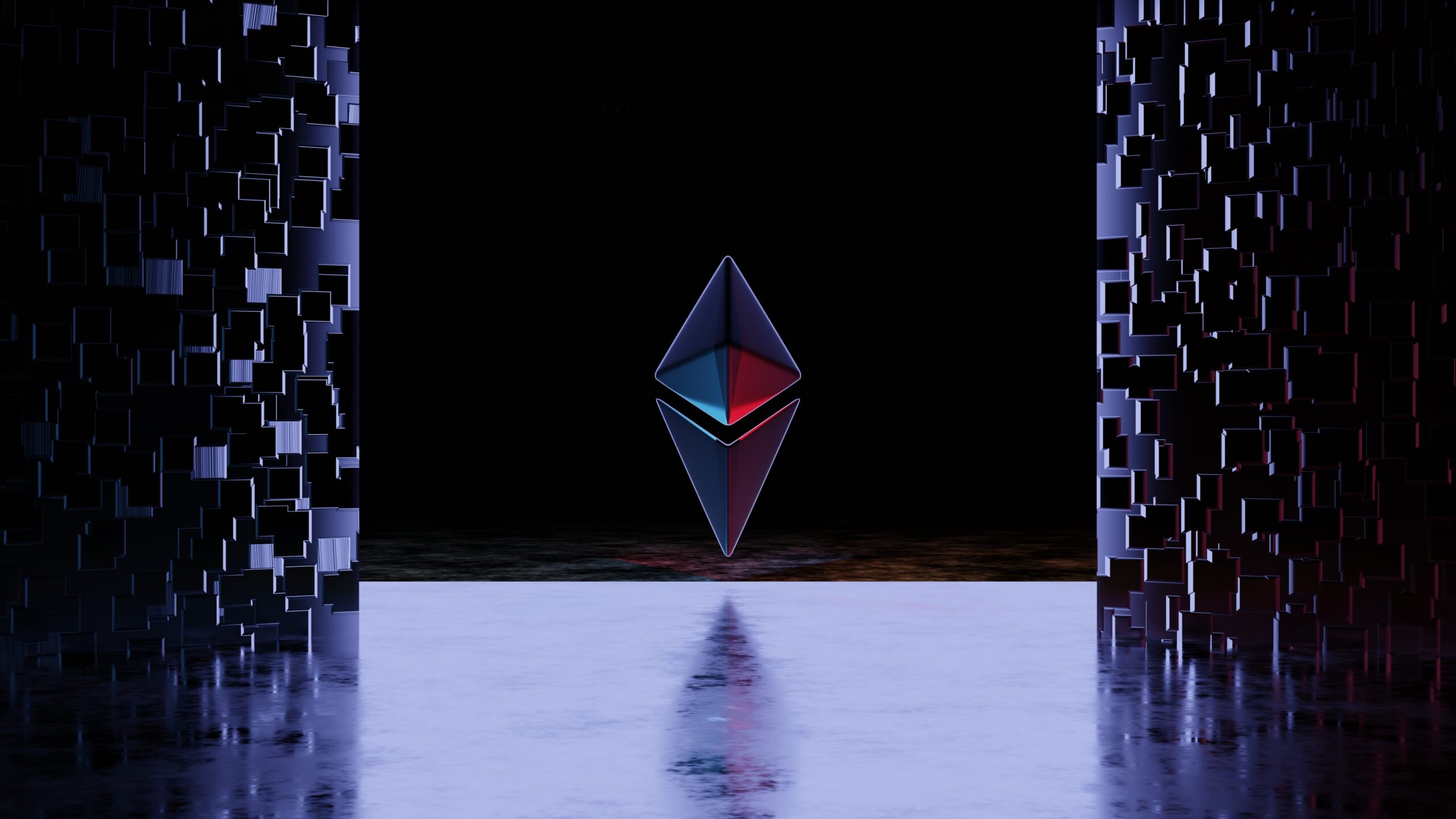Proton (XPR) is a cryptocurrency on a unique blockchain network that is committed to making things easy for everyday consumers. It strives to integrate blockchain, traditional finance, and the innovative Web3 ecosystem into one interconnected system that is both compliant and sustainable. With Proton’s crypto wallet, you can easily pay for anything in any currency, anywhere in the world, for so long as the merchant accepts payment methods that use the Proton Chain.
Key takeaways:
- The Proton Chain is the home to the native Web3 applications in Proton’s ecosystem, such as Proton Swap (a decentralized exchange), Proton Loan (liquidity pools), and Proton Market (NFT marketplace).
- XPR tokens are mined using a delegated Proof-of-Stake model and aim to enable users to transfer XPR tokens across the network for free.
- Proton is a platform that aims to streamline and integrate digital services, including financial services.
What makes Proton (XPR) unique?
You could initially assume that other blockchains are already doing that. What are Proton (XPR) and the Proton Chain’s distinctive value propositions?
1. Uncomplicated account names
Proton uses human-readable global names for wallet addresses rather than a mess of hexadecimal (letters and digits), distinguishing it from some of the most popular crypto networks.
2. Transfer value in any form of currency
On top of this one blockchain network, The Proton Chain facilitates the frictionless transfer of values in different other cryptocurrencies like Bitcoin and Ethereum.
Of course, they aren’t the “real” Bitcoin or Ethereum currencies, but rather Wrapped Bitcoin (XBTC) and Wrapped Ethereum (XETH), tokens that are backed by the actual asset but exist on the Proton Chain.
Wrapped asset values (also referred to as Xtoken values) are supported by smart contracts, a collection of clever accounting code that ensures the network isn’t printing money (or Bitcoins) out of thin air.
This makes it simple for app developers and users to switch to and from the Proton Chain from other blockchain networks.
3. Faster, eco-friendly, and fee-less
Proton Chain’s assertion that it will allow users to send XPR for free over the network is one of its more startling features.
To process and protect transactions on a distributed ledger, the Proton Chain does not require the use of expensive crypto mining equipment, nor does it require a lot of power consumption, unlike Bitcoin.
Instead, it makes use of the Delegated Proof of Stake protocol.
In theory, block producers (also known as transaction processors) are picked at random for a brief period of time to validate incoming transaction requests. Based on the amount of XPR it has stashed away in a separate wallet, block producers are picked.
Block producers need stakers’ assistance to delegate XPR so that they have the financial ability to lock up a sizable sum of XPR.
In this manner, the chance for block producers to validate blocks of transactions and collect XPR block rewards can be made available. The awards are then daily allocated to stakeholders.
The environment benefits from the network’s reduced power consumption, faster transaction validation, and lack of transfer fees for common users in this economic system.
4. Developer friendliness
Because of the Proton Chain, app developers may easily incorporate their work into the Proton ecosystem without having to worry too much about legal requirements like Know Your Customer (KYC).
The blockchain network itself aids in establishing a connection between app developers and a KYC store, a safe database where identity checks and verifications may be carried out in a manner that respects users’ privacy.
The Proton Chain offers resources to aid app developers in adhering to national and international laws.
What does this mean for regular XPR holders?
You do not need to go through the KYC verification procedures in order to receive and hold XPR in your own wallet.
You can skip these steps if you just want to transmit cryptocurrency to someone else using a Proton wallet.
However, many applications, like conventional payment processors, are mandated by law to be fully aware of the clients for whom they are processing payments.
This is especially important for companies that act as clients’ go-betweens when exchanging cryptocurrency for fiat currency.
Compliance with regulations frequently benefits businesses. The Proton network may grow more beneficial for businesses as they spend time and money into the network and use XPR more frequently if Proton Chain continues to support app developers in this way.
What are some apps that use Proton (XPR)?
Web3 applications, including decentralized exchanges (Proton Swap), decentralized liquidity pools (Proton Loan), and applications for managing digital identities, such as Proton Sign, can be found on the Proton Chain.
A screenshot of a few of Proton Chain’s live apps may be found below. Strangely, many NFT initiatives and marketplaces operate on the blockchain, like Snipcoin, Soon Market, Peculiar Inks, Spike, CrypFennecs, and Bagheads.
The Proton Chain was designed with the trade of NFTs in mind, as you’ll see in the following section.
Do NFTs work with Proton (XPR)?
As previously indicated, the Proton Chain is the foundation for a large number of open-source NFT marketplace apps. There is no chance for this.
The Proton Market is the first NFT market on the proton chain.
Because the Proton Market is open source, anyone with access to its blueprints can build their own NFT marketplace, even a Proton Market clone, if they so want.
The benefit is that anyone who runs their own website (such as a personal blog, for instance) can take a portion of Proton Market’s code and transform it into their very own NFT shop!
“Because Proton Market is open source, you may incorporate it for free right into your own website. By avoiding sending your visitors to another website where they may buy your NFTs, you reduce the risk of losing visitors and lessen the barriers separating them from your works.
With the addition of xTokens, the original Proton Market is still a clear and user-friendly site with very flexible payment alternatives (such as using wrapped USDC).
Proton (XPR) tokenomics
Let’s examine the economics of the Proton (XPR) token in more detail.
What is Proton’s (XPR) maximum supply?
The initial intention was to cap Proton (XPR) supply at 10 billion XPR.
The whitepaper states that 200 million XPR were initially issued, and these were airdropped to all MTL and LNX token holders.
(These two tokens came from two different firms Metal and Lynx who linked up and created the Proton Chain).
The inflation rate for Proton (XPR) tokens
The annual token inflation rate is set at 5%, per the whitepaper.
The timely release of fresh XPR currencies in the form of staking rewards (rewards to block producers for producing blocks) is what causes this inflation.
The distribution of the 5% increase in XPR supply is as follows:
1.5% to XPR stakeholder
and 2.5% to block producers
1% goes to the Proton Consortium, also known as the Proton Steering Committee.
The Proton Consortium is made up of a wide range of businesses that speak for various stakeholders (majority token holders).
It now comprises of up to 59 organizations and is in charge of managing block producers, selecting candidates for block producers, and voting on block rewards and blockchain development choices.
Proton (XPR) token distribution
We can learn more about who holds how much of the available supply of XPR coins by visiting the Protonscan.io website. A pie chart of the coin distribution as of May 2022 is shown below.
The data shows that 98.03% of the coins currently available are owned by the top 100 wealthiest wallets.
Proton (XPR) token distribution
We can learn more about who holds how much of the available supply of XPR coins by visiting the Protonscan.io website. A pie chart of the coin distribution as of May 2022 is shown below.
The data shows that the top 100 wealthiest wallets own 98.03% of the coins currently available.

As of May 2022, the top 100 wealthiest Ethereum wallets control 40.03%, while the top 100 wealthiest Bitcoin wallets own 14.38% of all coins in circulation.
It appears that Proton’s tokens are not evenly distributed when compared to the two largest coins in terms of market capitalization. Notably, 63% of the coins are being kept in decentralised exchanges and loan schemes.
If information on the amount of the founding team and early investors was made public, it would be highly intriguing.
We can only hope that anyone interested in investing in Proton coins or anything else will search the Web extensively to find important information when it becomes available.
The team behind Proton Chain
Two firms’ visions resulted in the proton chain. Peer-to-peer payments are made through Metallicus Inc., and Lynx creates blockchain applications. The cooperative, logical, and adaptable Proton Chain is created when the two combine their expertise.
What’s to come on the Proton Chain?
The WebAuth, Proton’s official wallet, will soon receive some interesting changes, one of which is the addition of an Ethereum NFT bridge by the Proton Chain development team.
You can send Ethereum NFTs, also known as ERC-721 or ERC-1155, directly to the Proton blockchain. Due to this, Proton users can purchase, exchange, transfer, and receive Ethereum NFTs without having to pay the costly gas fees!
How to buy Proton (XPR)
Proton (XPR), like all cryptocurrencies, is kept in a crypto wallet. Use the WebAuth Wallet app, which is available for iOS and Android devices, according to the Proton website.
You could also decide to keep your valuables in a hardware wallet like Ledger or Trezor. For individuals who want to add an extra degree of security, these hardware wallets, also known as cold wallets, offer additional security advantages.
Having said that, read our instructions below to find out how to purchase Proton (XPR) using the WebAuth Wallet:









